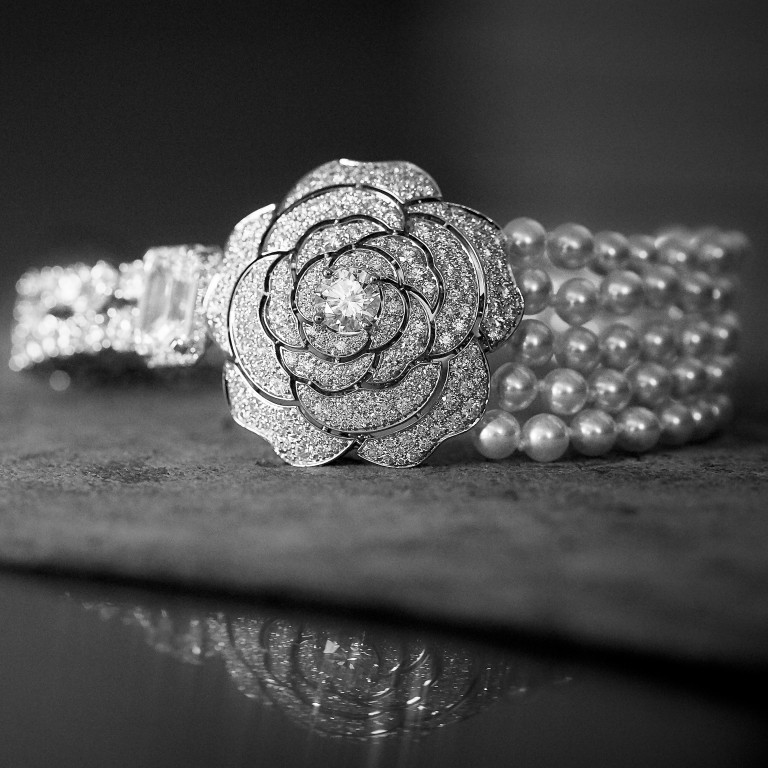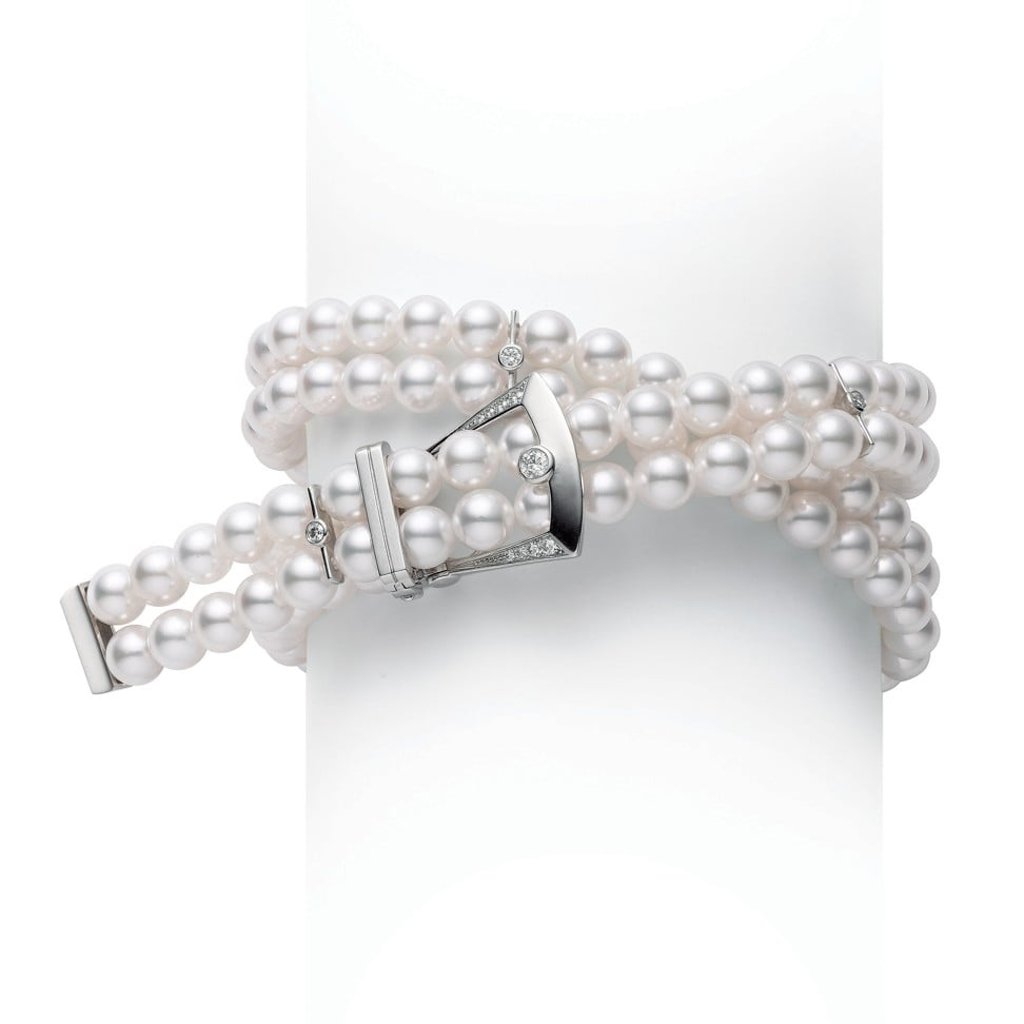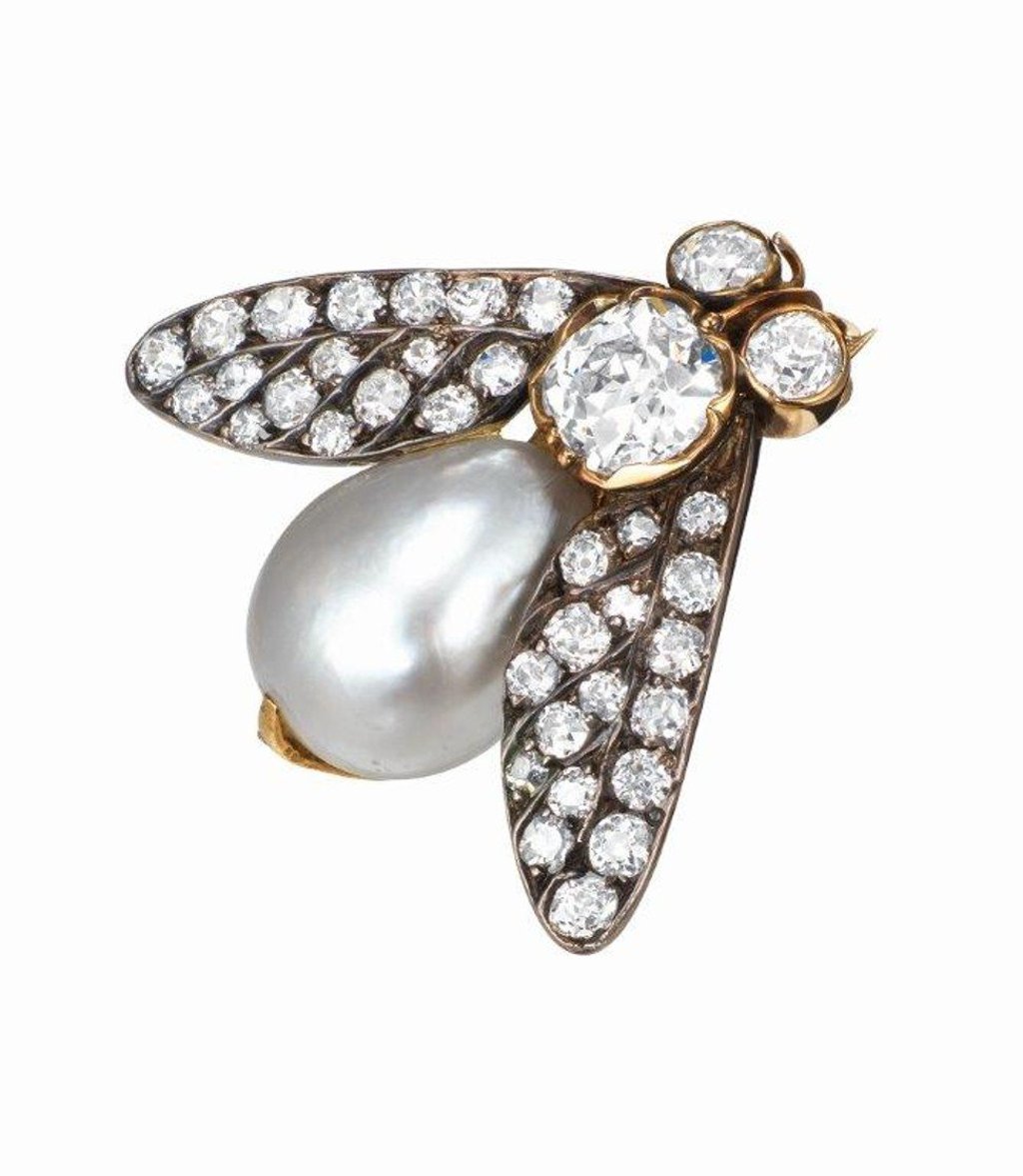Could pearls replace diamonds as a girl’s best friend?

- In brooches, bracelets, chokers and necklaces, top brands Tiffany & Co. and Chopard are using pearls in high-jewellery collections – with fantastic results
For centuries, the lustre of pearls has captivated jewel aficionados. The range of colours the gem comes in is surprisingly wide, from pure white to luminous peacock-blue and green, while shapes range from perfectly round, oval and pear to free-form baroque. Such versatility lends the pearl to varied aesthetic and artistic styles, and upscale jewellers are putting the gem at the centre of their creations.
Unique among top-grade gems, pearls are organic. Up until the late 19th century, natural pearls were collected from pearl-bearing oysters, and those of gem quality were coveted for their rarity.

In 1893, Kokichi Mikimoto, the founder of the storied Japanese brand Mikimoto, successfully harvested the world’s first cultured pearls. The variety, cultivated in seawater, is known as the Akoya pearl. Mikimoto’s pearl-farming enterprise contributed to a broadening of the gem’s worldwide appeal. Because it is expensive, labour-intensive and time-consuming, only the most pristine waters are suitable for pearl farming.
One of the largest, most beautiful varieties is the South Sea pearl, with production concentrated in Australia, Indonesia and the Philippines. Australia’s South Sea pearls are mostly white, while those from the Philippines are usually golden. Sizes range from 8mm to 20mm in diameter.
“The most popular type of South Sea pearl is undoubtedly the round white kind. The better the lustre, the more sought after it will be. In terms of size, pearls between 11mm and 12mm in diameter are always perceived as the optimal size for all kinds of jewellery designs,” explains Ichimura Mirai, executive director of Mikimoto Pearl Jewellery, Hong Kong.

While freshwater cultured pearls are mainly produced in mainland China, the Tahitian pearl – or black pearl – comes from the waters off the French Polynesian Islands. While they are widely known for their dove- to charcoal-grey hues, some Tahitian varieties are now available in a rainbow of overtones, including peacock blue or aubergine, which can usually be seen as an iridescent secondary tint.